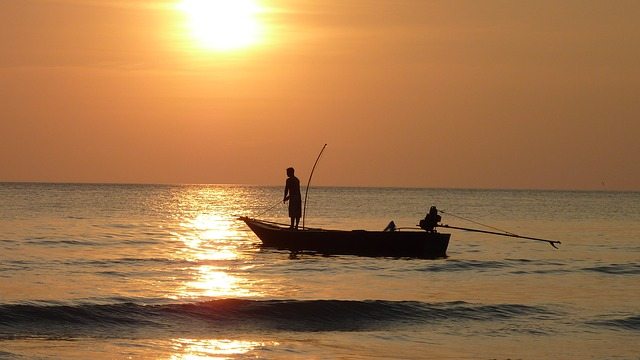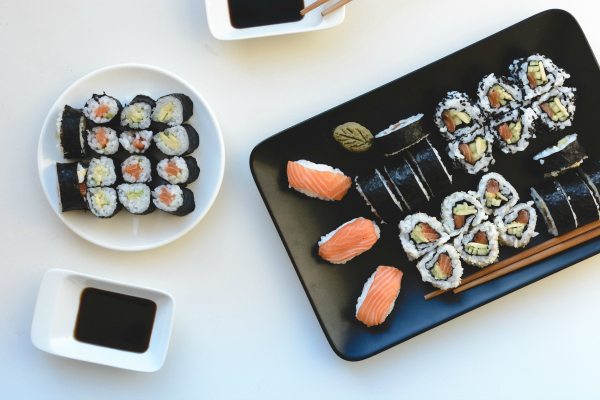Sea life is one of the last sources of food hunted from the wild. Most of what we eat comes from farming, where we have thousands of years of history in domesticating animals for food production and growing crops
This is a guest post by Tooni Mahto, Marine Campaigner at the Australian Marine Conservation Society.
Sea life is one of the last sources of food hunted from the wild. Most of what we eat comes from farming, where we have thousands of years of history in domesticating animals for food production and growing crops. Fish caught in the wild oceans are the final frontier.
But the expectation that the oceans can meet our increasing demand for seafood could be leading us down a dangerous path. Fish can be an infinite resource if managed well and taken without damaging the environment that nurtures them, and can provide livelihoods for local fishing communities and a rich tapestry of fishing tradition and history.
What’s the problem with our seafood habits?
Although our oceans provide us with hundreds of different species of seafood, when sold at the supermarket or in restaurants, it can simply be labelled ‘fish’ or ‘white fish’. And when it comes to the sustainability of our seafood, all fish are not equal. Different fishing and farming methods have different levels of impact on the marine environment – some damage sensitive marine habitats or accidentally kill vulnerable marine wildlife, whereas other methods take the right amount of fish and leave little footprint behind.
The Australian Marine Conservation Society (AMCS) produces Australia’s Sustainable Seafood Guide, an easy to use resource that can help you figure out what’s good to buy if you love seafood but want to tread lightly. Navigating the course of seafood produced in Australia as well as imported from overseas, we take a look at the environmental issues associated with wild capture and farming practices.
But, in Australia, we currently have no system in place that ensures what you’re eating is labelled to tell you – the person eating it – what it is, how it was caught or where it is from.
Most of us want to make informed choices in what we’re buying, but when it comes to seafood, we often don’t have the information we need. If you want to make a decision on how to spend your dollars based on sustainability, most of the time you can’t.
It’s a confusing mess, and it needs sorting.
What can we do?
In order to ensure future generations have access to a fantastic range of seafood, and have healthy oceans to support that production, as consumers we need to make our voices heard by spending our money on sustainably-produced seafood. To do that, we need the Australian Government to improve the legislation around seafood labelling to help us to make those choices.
If we want to know what we’re eating, where it comes from and how it was produced, now is our chance to ask for better labelling.
This is our opportunity to make sure we protect our oceans so they can continue to provide for us. Clear and informative labelling is the cornerstone of sustainability, and without it we’re all fishing in the dark.




